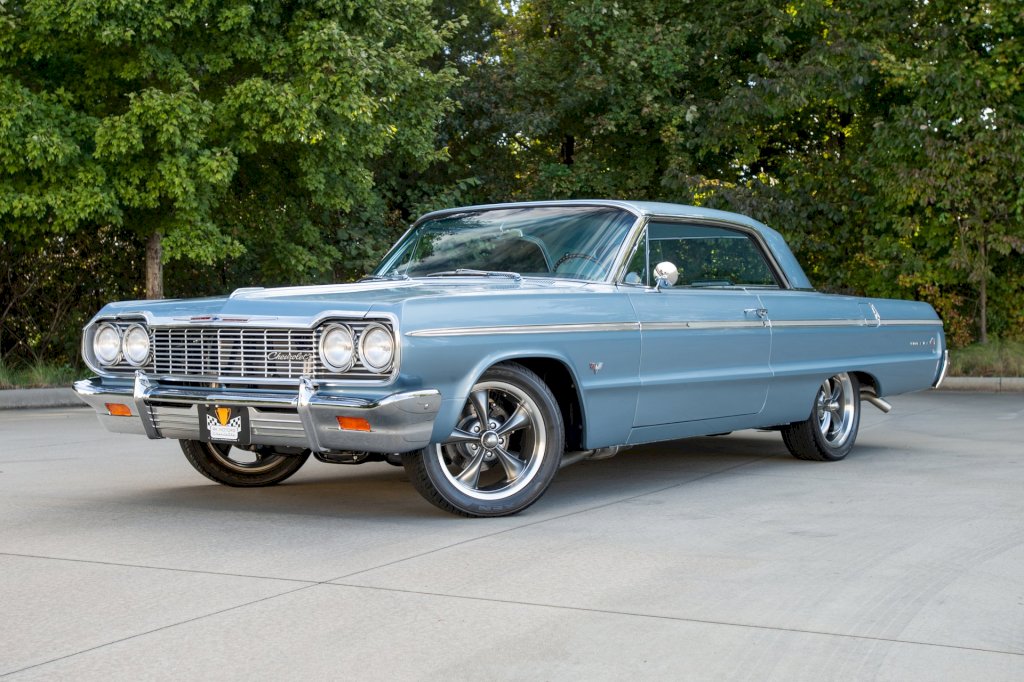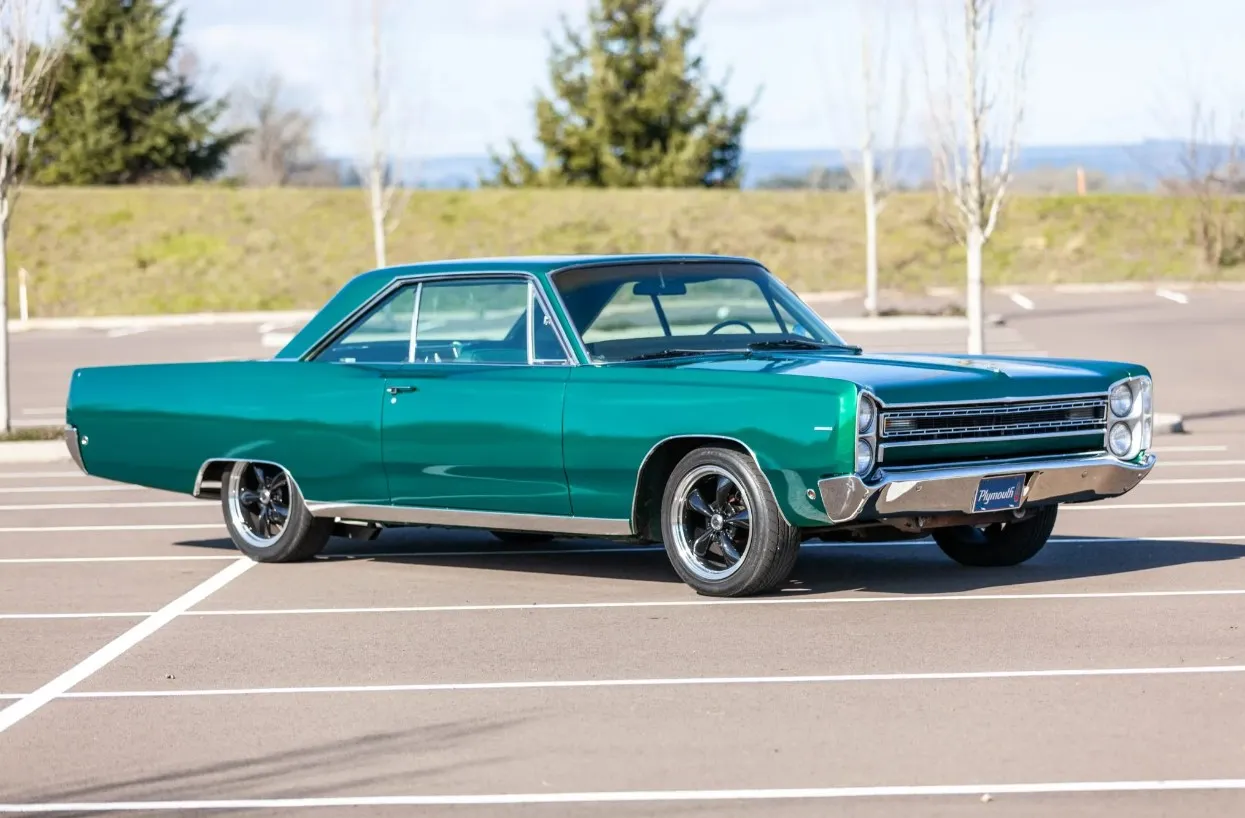In the early 1960s, the American automotive landscape was marked by innovation, style, and a competitive spirit among manufacturers. The 1961 Chevrolet Impala emerged as a standout among its peers, capturing the essence of an era defined by sleek lines, bold design, and technological advancements. As we explore the history and features of the 1961 Chevrolet Impala, it becomes evident why this classic car continues to be celebrated for its timeless elegance and enduring appeal.
Design and Styling
The 1961 Chevrolet Impala showcased a departure from the more restrained designs of the late '50s, ushering in a new era of automotive aesthetics. The car featured a distinctive and sculpted body, with clean lines and a refined, understated elegance. The Impala's design was a departure from the excesses of the previous decade, embracing a more streamlined and contemporary look.
The most striking aspect of the 1961 Impala's design was its sleek profile, characterized by a wraparound windshield and a lowered roofline. The rear tailfins, a nod to the preceding era's design trends, were gracefully integrated, adding a touch of flair without overwhelming the overall aesthetic. The result was a car that looked both modern and timeless, a perfect representation of the early 1960s design sensibility.
The front end of the Impala featured a distinctive grille with a mesh pattern, flanked by dual headlamps that were vertically positioned. The clean and uncluttered lines of the body flowed seamlessly from the front to the rear, creating a harmonious and balanced overall appearance. The attention to detail in the design of the 1961 Impala contributed to its enduring visual appeal.
Variety of Body Styles

The 1961 Chevrolet Impala was available in a variety of body styles, catering to a diverse range of preferences among car buyers. The lineup included a convertible, hardtop coupe, sedan, and even a station wagon. This versatility allowed the Impala to appeal to families, singles, and those seeking a blend of performance and style.
The convertible model, with its power-operated soft top, captured the spirit of open-air cruising, while the sleek lines of the hardtop coupe emphasized a sportier and more sophisticated demeanor. The availability of different body styles was a testament to Chevrolet's commitment to offering a comprehensive and adaptable lineup.
Powerful Performance Options

Under the hood, the 1961 Chevrolet Impala offered a range of engine options, catering to drivers with varying performance preferences. The standard engine was a 235 cubic inch inline-six, providing a balance of efficiency and power. For those seeking more spirited performance, Chevrolet offered V8 engine options, including the potent 348 cubic inch and 409 cubic inch powerplants.
The availability of the Super Sport (SS) package further elevated the Impala's performance credentials. The SS package included upgraded suspension components, unique exterior badging, and distinctive SS interior features. The 1961 Impala SS was a testament to Chevrolet's commitment to providing a well-rounded driving experience, combining style with performance.
Interior Comfort and Features

Inside the cabin, the 1961 Chevrolet Impala continued to impress with its commitment to comfort and convenience. The interior design reflected the overall elegance of the car, with attention to detail evident in the choice of materials and finishes. The Impala featured a spacious and well-appointed interior, providing ample room for both driver and passengers.
The instrument panel was characterized by a clean and uncluttered layout, with a prominent speedometer and gauges providing essential information to the driver. Comfort-enhancing features, such as air conditioning and power accessories, were available as optional upgrades, reflecting Chevrolet's dedication to meeting the evolving needs of its customers.
Technological Advancements

The 1961 Chevrolet Impala incorporated several technological advancements that were notable for the time. One of the standout features was the availability of an optional AM/FM radio, a luxury that was becoming increasingly popular in the early '60s. The Impala also featured an optional electric clock, power steering, and power brakes, further enhancing the driving experience.
The introduction of the "Magic-Mirror" acrylic lacquer paint was another technological innovation that contributed to the Impala's allure. This paint technology provided a deeper and more lustrous finish, elevating the overall aesthetic appeal of the car and setting it apart from competitors.
Enduring Legacy
The 1961 Chevrolet Impala's legacy extends beyond its immediate success; it played a pivotal role in shaping the subsequent generations of the Impala line. The design principles established in the '61 model influenced the visual identity of later Impalas, contributing to the car's enduring popularity.
The 1961 Impala's impact was not limited to the automotive world; it left an indelible mark on popular culture. Its appearances in movies, television shows, and music videos have cemented its status as an icon of 1960s American automotive design.
Conclusion
The 1961 Chevrolet Impala stands as a testament to an era of automotive design marked by elegance, innovation, and adaptability. Its distinctive style, powerful performance options, and commitment to driver comfort make it a classic that continues to capture the hearts of car enthusiasts and collectors alike. The 1961 Impala represents a harmonious blend of form and function, a car that encapsulates the spirit of an era and remains a timeless symbol of American automotive excellence.



